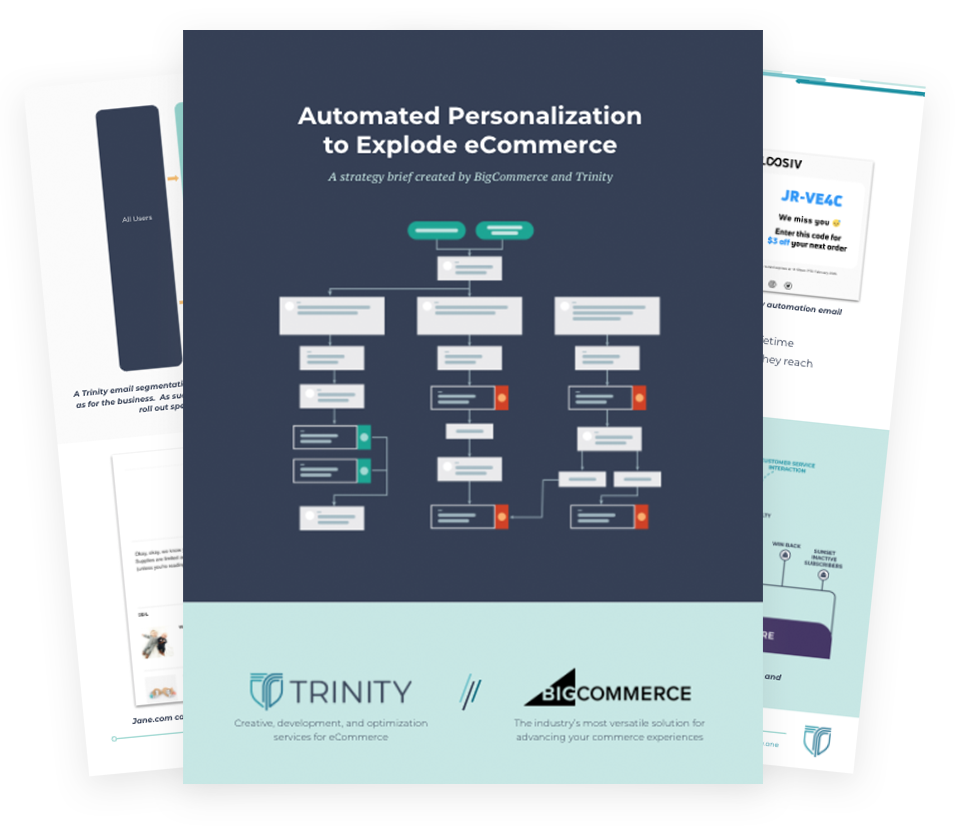Customers today are no longer just price-sensitive. They look for stores that offer them more than the lowest prices and the best deals, but they also value personalized attention and an experience that feels genuine. The new era of eCommerce is about recognizing this shift in consumer behavior and adapting your business strategy accordingly.
Below is a brief on why and how you should be optimizing your site for personalization. It also contains information about what this new era of eCommerce means for your brand.
Let’s get started.
Why personalization is important
In today’s store, customers look for not just the best deals and lowest prices, but a personalized experience. Focusing on this new era of eCommerce means taking a data-driven approach to marketing tactics. These insights help brands understand what drives a customer to purchase.
A study found that 65% of customers are more likely to make a purchase from a site personalized to them. Further, 57% said they are willing to spend more if the site is personalized. With these impressive statistics, it’s no wonder why eCommerce sites are looking for ways to implement data-driven marketing tactics.
How personalization works
Your brand can collect information about browsing habits, lifestyle, and online behavior in an effort to better understand their customers. For example, if you shopping for furniture, the retailer may know that you’ve been looking at outdoor furniture as well as other home furnishings. The more information they have about you, the more specific their offer can be for you – only showing you things that would interest you, rather than trying to show you everything.
A retailer has the ability to collect user information about browsing habits, lifestyle, and online behavior in an effort to better understand their customer. For example: if you’re shopping for furniture, the retailer may know that you’ve looked at outdoor furniture as well as other home furnishings. The more information they have about you, the more specific their offer can be for you. A brand might only show you things that would interest you, rather than trying to show you everything. This is personalization at work.
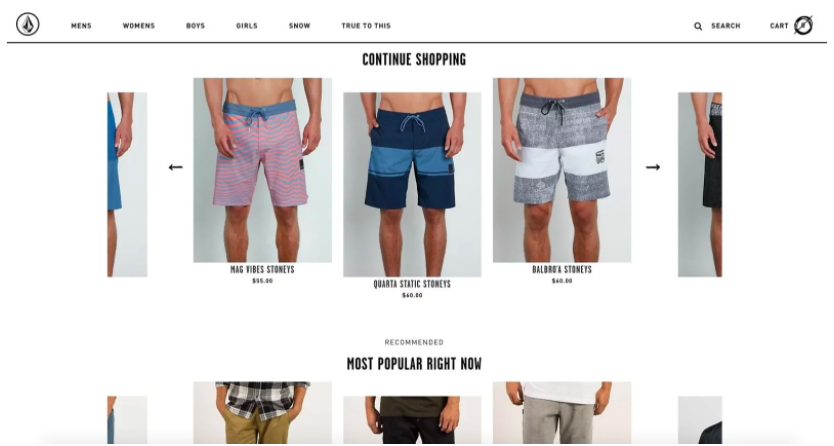
The major benefits of personalized eCommerce
The first major benefit of personalized eCommerce is that it can generate higher conversion rates. The retail site may know more about your habits, your interests, and what you’re looking. This means that they can offer you more targeted items and offers, such as discounts and sales just for you. This will improve the likelihood that you’ll complete a purchase because it’s tailored to your needs.
Differentiate Your Website
Another advantage of personalized eCommerce is that it makes your website stand out from competitors’. Customers prefer personalized shopping experiences to cookie-cutter ones. Potential customers visit your site and see something tailor-made for them – which could be the difference between them purchasing your products or going to another site.
Additionally, personalized marketing is more effective in the long run. The more you know about a customer, the better you can serve them with subsequent offers. If they have purchased from your store in the past, you can target them with ads via email marketing or retargeting when they visit other sites. Reaching out to a brand in this way leads to higher click-through rates and more conversions.
Personalized eCommerce allows retailers to offer personalized discounts, maximize repeat purchases, and increase customer loyalty. These all equal big benefits for getting the most out of your marketing strategy.
Examples of personalization in action
Ugg Australia
One example of a company taking advantage of personalization is UGG Australia. They collect data about their users and use it to tailor product recommendations and personalized email newsletters. On the website, you can specify which type of UGG boot you’re looking for – such as high boots, mini boots, or even slippers. The site will then display only products that match your specifications.
In the email newsletters, what you see is customized to your interests and previous purchases from UGG Australia. The company takes advantage of large amounts of data by basing their recommendations on what you have purchased or browsed from them in the pasts. They are able to personalize down to specific UGG styles, too.
For example, if you have purchased a pair of Bailey Button Triplet boots in the past, then you will receive an email about their new short style that features the same buttons as your previous order. Once you’ve opened the email and clicked on the link to browse similar items, you are then taken to the product page of the short version of this style.
East Dane
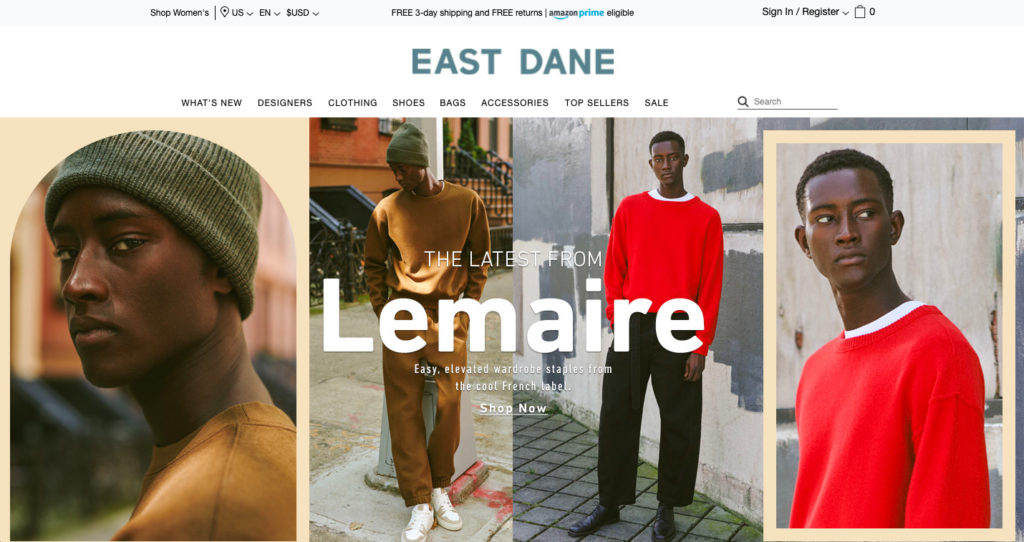
Another example is East Dane, an online retailer that sells men’s fashion accessories. The website has a feature called “For Him” that uses personalization to better connect consumers with products they are interested in buying. When you visit the site, you will be asked for your age, location, and how you found out about their site. The information collected is used to recommend products based on your personal tastes and shopping habits. For example, if East Dane knows that you are a New Yorker who likes to take the subway, they will suggest specific colors or patterns in accordance with this lifestyle when showing you products from their store.
How to get started with personalized eCommerce
Below are a few simple steps that you can follow to get started with personalized eCommerce:
1) Identify your customers.
Who are they, where do they live, the type of things do they buy?
2) Determine your website analytics capabilities and create a marketing strategy.
What information is available to you and how can you use it to better reach customers?
3) Collect data from all channels including customer service, social media, email, website traffic, product reviews/search behavior, etc.
In order to provide personalized shopping experiences, retailers need insight into their customers’ preferences across all channels. This includes understanding what product attributes – such as size or color – drive customer decision making and which mobile devices customers prefer to use for online shopping.
4) Do customer research.
This will come in handy when you are creating your personalized marketing strategy. You can conduct surveys or interviews with customers to find out what they want from your website. These can include the product categories they prefer, and whether they prefer to read product reviews or view related items.
5) Deliver a personalized shopping experience.
This can be done through email marketing, real-time chat support, website personalization, and alerts based on customer preferences. For example, you could send your customers an alert when a specific item goes on sale or display different images for a particular product depending on how they interact with the site (so that a customer who views one pair of jeans will see an image of that specific item, while someone else who browses multiple pairs might see a collage of different options).
Other ways to personalize an experience and drive revenue include creating offers based on specific user behavior, as well as cross- and up-selling.
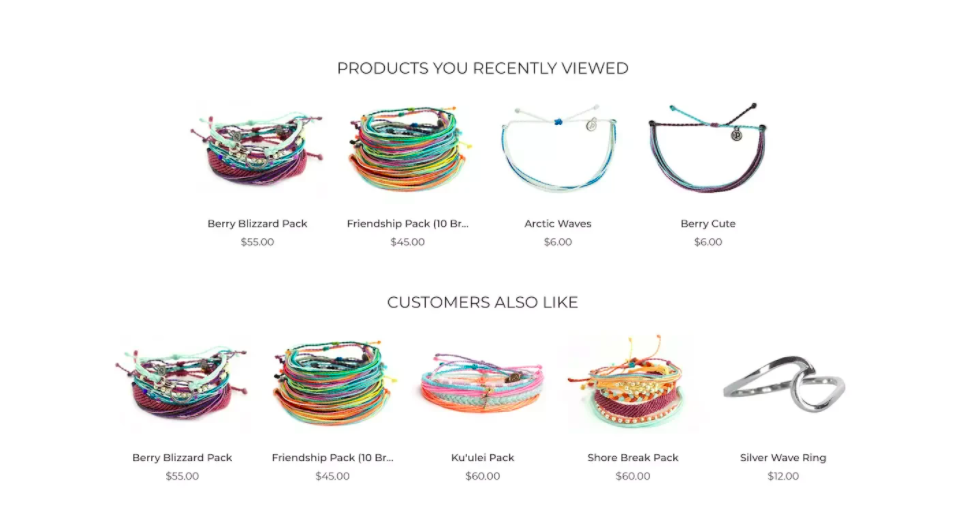
A note on data protection standards
It’s also important for eCommerce sites to begin collecting information about their users’ browsing behavior. This information can be used in the long run to make better decisions about promotions and offers. Of course, with the rise in personalized eCommerce comes an increase in security issues and privacy concerns. Make sure that you’re keeping up with all of your data protection standards. Doing so will keep customers relaxed about sharing information with you – for their benefit, not yours.
Some of the best ways to make users feel like they’re part of a community, not just another number or sale opportunity
Engaging with a user is one of the best ways to make them feel like they’re part of a community, not just another number or sale opportunity. Offer useful content and answer questions in a timely manner. You can accomplish this by monitoring customer feedback and asking for their input on new products. For example, Nike has a “Community” section where customers can discuss their favorite sneakers and share pictures from past sports events.
Patagonia has a “Stories” section, which can also contribute to a consumer’s trust in a brand. This sets its brand apart from competitors while also presenting a more custom experience for consumers.
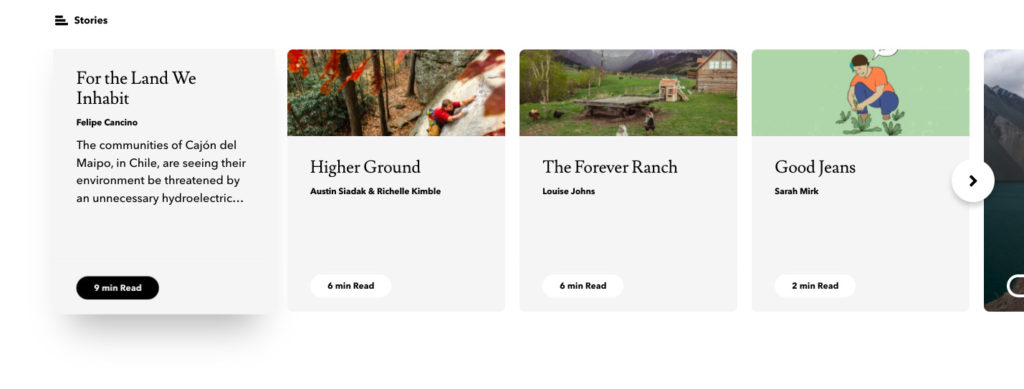
Upcoming Promotions
Involving users in upcoming promotions is another way to make shoppers feel like they’re part of a community. For example, Starbucks sends out emails ahead of time announcing limited-edition drinks that are only available at certain stores. This creates a sense of urgency that encourages customers to purchase quickly.
The future of personalized eCommerce and what it means for you as a an eCommerce business owner
The future of personalized eCommerce is being shaped by companies like Facebook. Facebook has acquired many companies that are changing the way people shop online. Some examples are LiveRail, Atlas Solutions, Masquerade Technologies, and TheFind. These acquisitions show how much the industry has changed over the years. The old days of having to research products before you buy them are quickly fading away as more and more people purchase things off the internet.
So what does this means for eCommerce business owners? If you want your site to stand out from the competition, work to personalize your website and marketing. Knowing a customers’ preferences will drive customer decision making. Then, use that knowledge to increase sales and revenue on your site. The more a customer feels like they’re interacting with a real person, the more satisfied they will be. Thus, driving deeper brand loyalty.
Conclusion
If you’re not already taking a data-driven approach to marketing, it might be time to start. If your store isn’t prioritizing personalization in order to better understand your customers, you are missing out on sales opportunities.Collecting information on customer data is important. But, if aren’t using it to fuel your marketing efforts, you likely are not taking advantage of the personalized approach. The more you anticipate the need of the customer, the more likely they are to make a purchase.
—-
Sources
http://www.inc.com/melanie-curtin/5-ways-to-personalize-your-ecommerce store
http://shopify.blog/2015/09/0818163600821703420838449881435209289761900/
http://www.adweek.com/socialtimes/facebook/56802/heres-what-youve -been -missing-out-on-marketers



